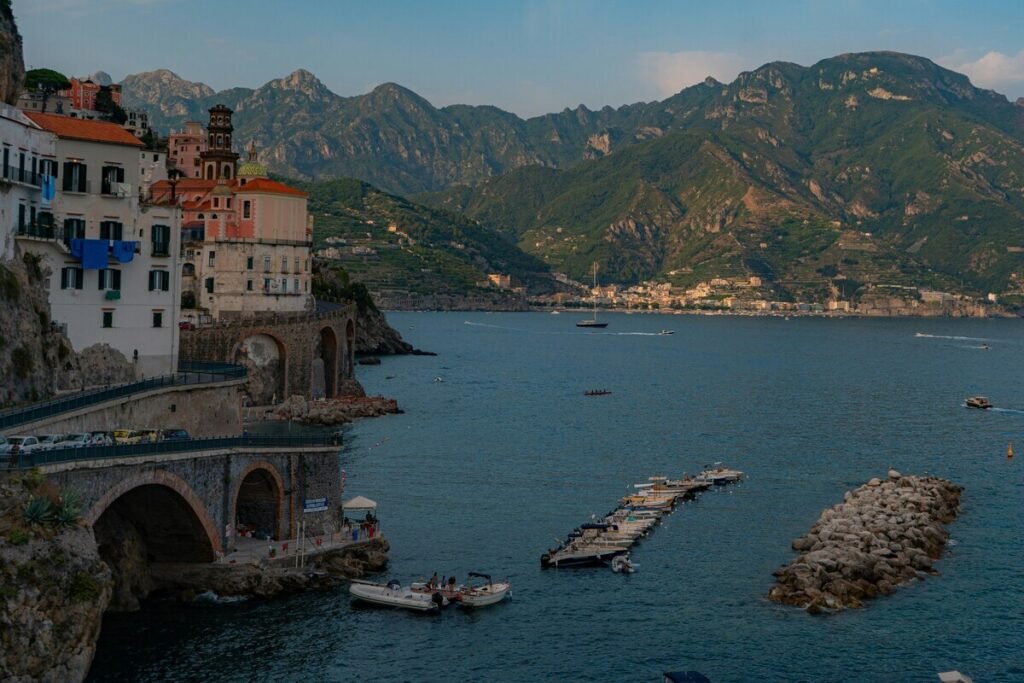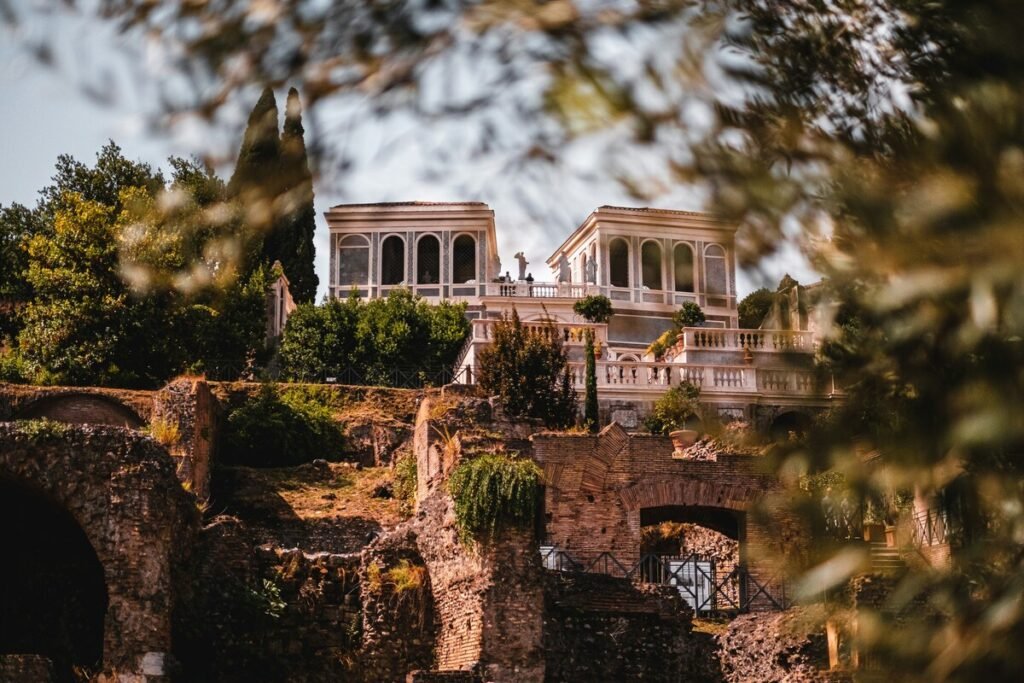Top Things to See in Vatican City
If you’re planning a trip to Rome and are looking for things to see in Vatican City, this small city-state will leave you amazed. It’s home to the world’s most famous art, architecture, and religious landmarks. Vatican City offers an incredible array of attractions for every visitor.
This guide highlights the key things to see in Vatican City. Whether your interests lie in history, art, or simply exploring the rich culture, you’ll find plenty of engaging things to see in Vatican city.
St. Peter’s Basilica: The Sacred Landmark
St. Peter’s Basilica is one of the world’s most famous and largest churches. It is the heart of Vatican City and a vital site for Catholics globally. It was built over the tomb of Saint Peter, one of Jesus’ apostles and the first Pope.
Construction and Design
Construction on the St. Peter Basilica began in 1506 and took over 120 years, completing in 1626. Renaissance artists and architects, including Michelangelo, Bramante, and Bernini, contributed to the basilica. And it’s the prime example of Renaissance and Baroque architecture.
The exterior features towering columns and a detailed façade. However, the true beauty lies inside. There, you will find some of the world’s finest religious art and architecture.
Inside St. Peter’s Basilica
The scale and beauty of the interior often surprise the visitors. The main nave is over 187 meters long and can hold up to 20,000 people.
One of the first masterpieces you see is Michelangelo’s Pieta. It’s a marble sculpture depicting the Virgin Mary cradling the body of Jesus after his crucifixion. This work has incredible detail and craftsmanship. Michelangelo sculpted it when he was only 24 years old.
As you explore the things to see in Vatican City, you’ll come across the Baldacchino. It’s a massive bronze canopy designed by Gian Lorenzo Bernini. Standing 29 meters (95 feet) tall, this magnificent structure marks the location of St. Peter’s tomb, which is believed to lie directly beneath the altar.
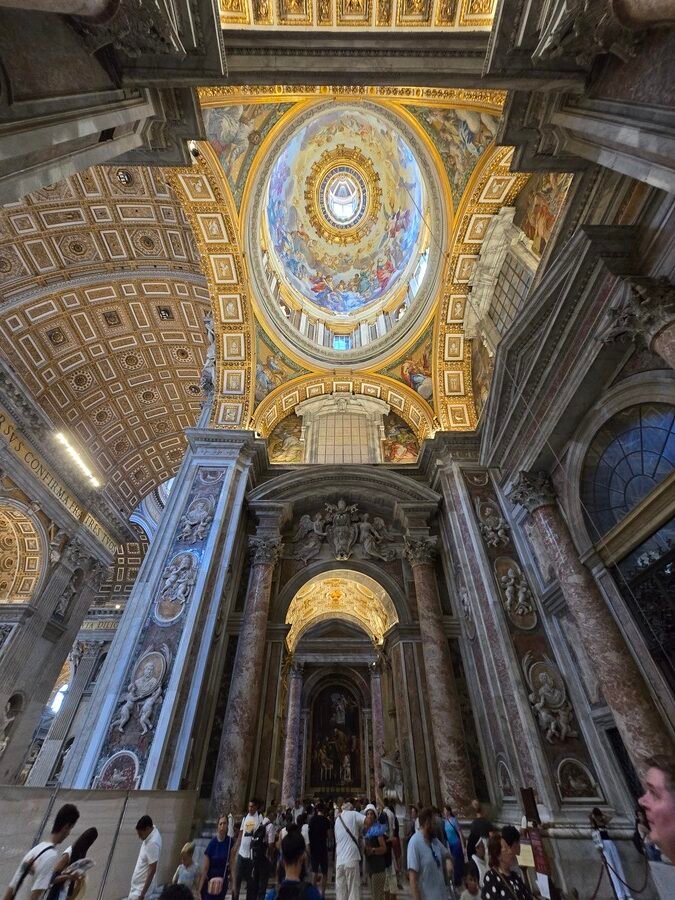
The altar is one of the most sacred spaces in Vatican City. It is reserved for the Pope during high masses. Several niches surround it with large statues of saints, enhancing the basilica’s grandeur.
Another notable feature is the bronze statue of St. Peter. It dates back to the 13th century. Pilgrims often queue to touch or rub the right foot of the statue, thought to bring good fortune and blessings. The foot has become smooth over time from countless visits.
The Dome of St. Peter’s Basilica
For a memorable experience, consider climbing to the top of Michelangelo’s Dome. It’s one of the largest in the world, standing at 136 meters (446 feet) from the basilica floor to the top of the lantern. You can reach the dome by taking an elevator partway or climbing all 551 steps. The ascent can be steep and narrow, but many visitors find it rewarding.
As you climb, you can view down into the basilica below. Once you reach the top, you will see a panoramic view of Vatican City and Rome.

Tombs and the Vatican Grottoes
Beneath the basilica lies the Vatican Grottoes, where the tombs of many Popes, royals, and saints are located. The most important site is the tomb of St. Peter, located directly beneath the high altar.
Tips for visiting St. Peter’s Basilica:
– Follow the dress code: Ensure your clothing covers your shoulders and knees. The Vatican has a strict dress code for religious sites.
– Security checks: Expect airport-style security checks at the entrances. And don’t bring glass drinking bottles – the security will take them away.
Peter’s Square: One of the Top Things to See in Vatican City
St. Peter’s Square (Piazza San Pietro) is one of the most historically significant public spaces, making it one of the key things to see in Vatican City. Situated directly in front of St. Peter’s Basilica, it serves as an essential destination for anyone visiting. Designed by the renowned Gian Lorenzo Bernini in the 17th century, this square is a masterpiece of Baroque architecture and urban planning.
Architectural Marvel
The square features perfect symmetry, with two sweeping colonnades, symbolizing the Church’s embrace of its followers. It has 284 Doric columns arranged in four rows. The colonnades create a grand entrance to Vatican City. Above them, you’ll find 140 statues of saints, each over 3 meters tall.
St. Peter’s Square can accommodate up to 400,000 people. It’s a great gathering place for Papal audiences, religious ceremonies, and other major events. And it’s one of the most visited free things to see in Rome.
The Obelisk and Fountains
At the heart of St. Peter’s Square stands an Egyptian obelisk. It dates back over 2,000 years. Originally built in Heliopolis, Egypt, it was brought to Rome by Emperor Caligula in 37 AD. The obelisk was later relocated to its current position in 1586 under Pope Sixtus V. Standing at 25.5 meters (84 feet) tall and weighing 326 tons, it was a remarkable engineering feat.
The square has two main fountains designed by Carlo Maderno (1613) and Bernini (1675). These fountains enhance the square’s aesthetic appeal and contribute to its overall symmetry.
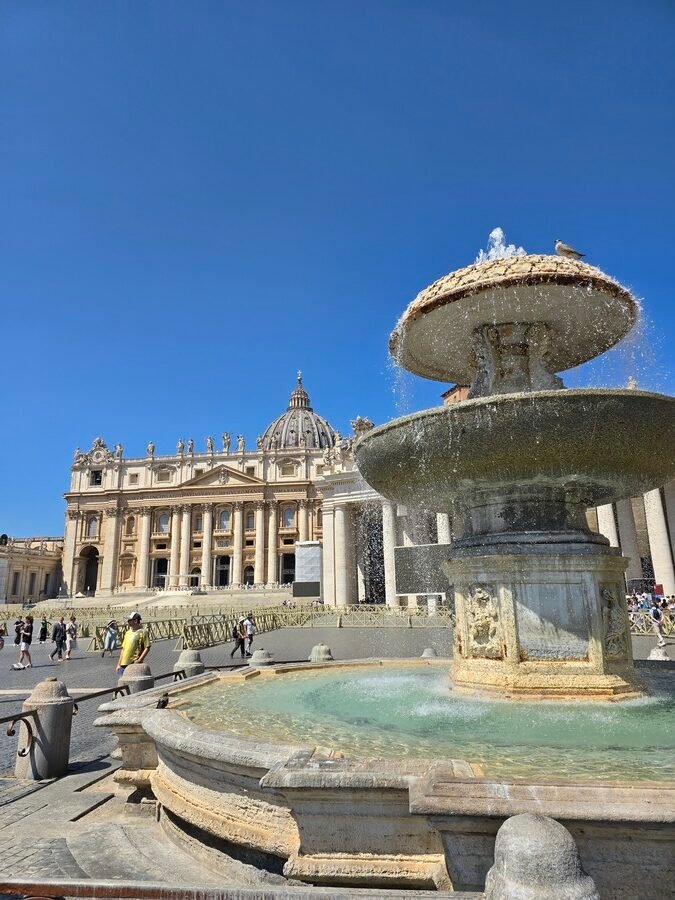
Symbolism and Visual Illusions
St. Peter’s Square is rich in symbolism and architectural significance. The oval shape is defined by the colonnades, and it symbolizes the Church’s universal embrace. If you stand on marked spots, the four rows of columns appear to align into a single row.
The Vatican Museums: A Must-See Treasure of Art and History
The Vatican Museums houses an impressive array of art and artefacts. If you’re wondering what to visit in Vatican City, the Vatican Museums is one of the top things to see in Vatican City. The museum has over 70,000 works of art, including ancient sculptures, Renaissance masterpieces, and religious art.
Pope Julius II founded the museum in the early 16th century and has grown into a collection of 54 galleries. The museums are vast and could easily take a full day to explore. There are a few highlights you shouldn’t miss.
The Gallery of Maps
The Gallery of Maps is one of the most visually stunning corridors in the Vatican Museums. Commissioned by Pope Gregory XIII in the late 16th century, it features 40 detailed frescoed maps depicting various regions of Italy. These maps accurately represent Italy’s importance during the Renaissance.
The Raphael Rooms
The 4 Raphael Rooms, once used as Pope Julius II’s private apartments, are filled with Raphael’s frescoes. The most famous fresco is The School of Athens, which can be found in the Stanza della Segnatura. This painting depicts ancient Greek philosophers like Plato and Aristotle surrounded by other scholars. Each room in the Raphael Rooms tells a story, from religious scenes to historical events.
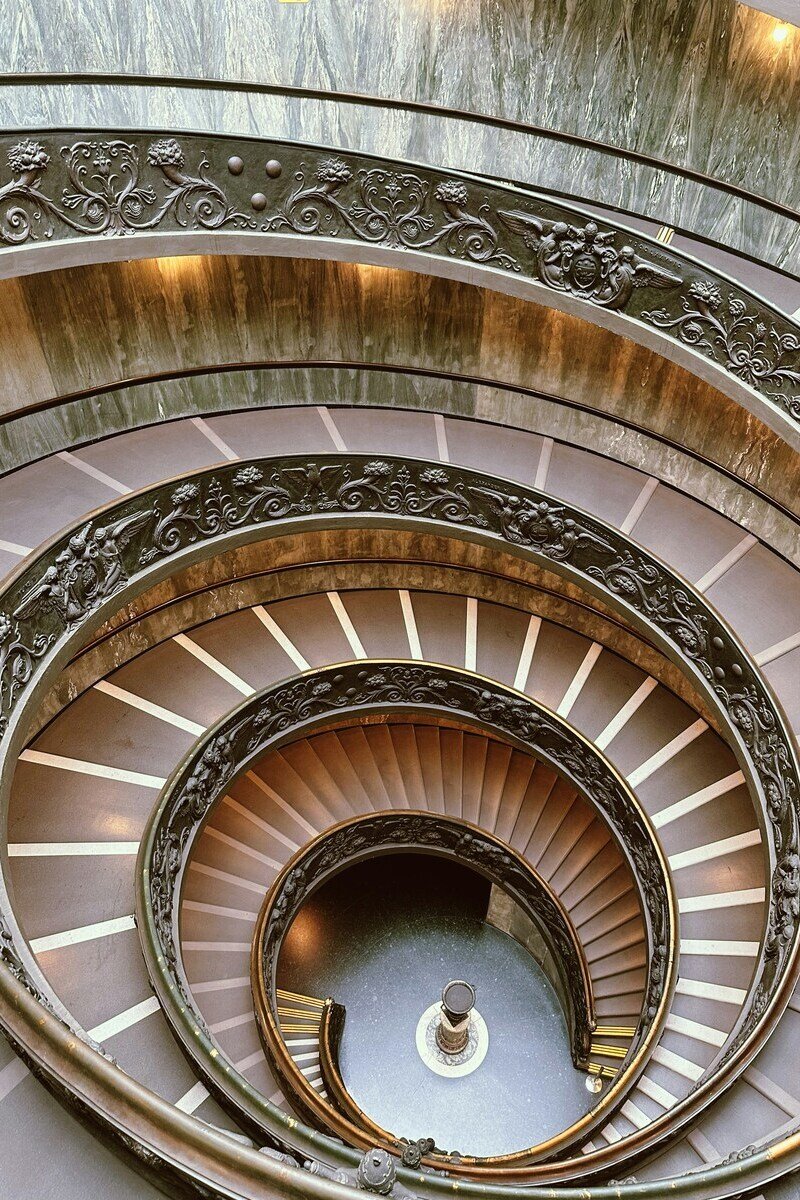
The Laocoön and His Sons
One of the most famous sculptures in the Vatican Museums is the Laocoon and His Sons. Discovered in 1506, this ancient statue portrays the tragic scene of Laocoon, a Trojan priest, and his sons being attacked by sea serpents. This Hellenistic sculpture has inspired countless artists and remains a powerful testament to ancient artistry.
Tips for visiting the Vatican Museums:
– Plan ahead: Book your tickets in advance to avoid long lines. Especially during peak tourist season.
– Arrive early or late: The museums can get crowded, particularly in the middle of the day. Arrive as soon as they open or visit later in the afternoon.
The Sistine Chapel – One of the Top Things to See in Vatican City
If you’re considering what things to see in Vatican City and you have only 1 day in Rome, the Sistine Chapel is an absolute must. It offers visitors a chance to experience Michelangelo’s most iconic masterpieces.
Michelangelo’s Masterpieces: The Ceiling and The Last Judgment
The Sistine Chapel’s fame is due largely to Michelangelo, who painted its ceiling between 1508 and 1512. Later, he returned to create The Last Judgment on the altar wall between 1536 and 1541. These works are one of the greatest achievements in the history of Western art.
The Creation of Adam
You will find the Creation of Adam on the ceiling of the Sistine Chapel. This scene depicts the moment when God gives life to Adam, the first man, by extending His finger to touch Adam’s. The central figures of God and Adam are framed by a larger narrative depicting the Book of Genesis. It shows the creation of the universe, man, and woman, as well as the fall of man.
The ceiling is composed of nine central panels, each depicting key moments from the Book of Genesis. In addition to The Creation of Adam, these include scenes like The Separation of Light from Darkness, The Creation of Eve, and The Fall of Man. Surrounding these central panels are figures of prophets and sibyls, painted with Michelangelo’s characteristic attention to anatomy and emotion.
The Last Judgment
At the far end of the Sistine Chapel, covering the entire altar wall, is Michelangelo’s masterpiece, The Last Judgment. Painted more than two decades after the ceiling, this fresco depicts the Second Coming of Christ and the final judgment of souls. It’s a complex work that shows Christ as the Judge, surrounded by saints and angels, separating the saved from the damned.
Architectural and Artistic Features of the Sistine Chapel
Many visitors think that this chapel is one of the essential things to see in Vatican City. Pope Sixtus IV built the chapel in the late 15th century and it serves as the Pope’s private chapel. Before Michelangelo, the walls were decorated with frescoes by other artists, such as Sandro Botticelli, Pietro Perugino, and Domenico Ghirlandaio. These masterpieces depict scenes from the lives of Moses and Christ.
Important tips for visiting the Sistine Chapel:
– No photography allowed: While capturing the beauty of the Sistine Chapel might be tempting, photography is strictly prohibited. Security is vigilant about enforcing this rule to preserve the frescoes.
– Arrive early or late: To avoid the worst of the crowds, consider visiting early in the morning or later in the afternoon. Many visitors head straight to the Sistine Chapel, so arriving early can give you a quieter experience.
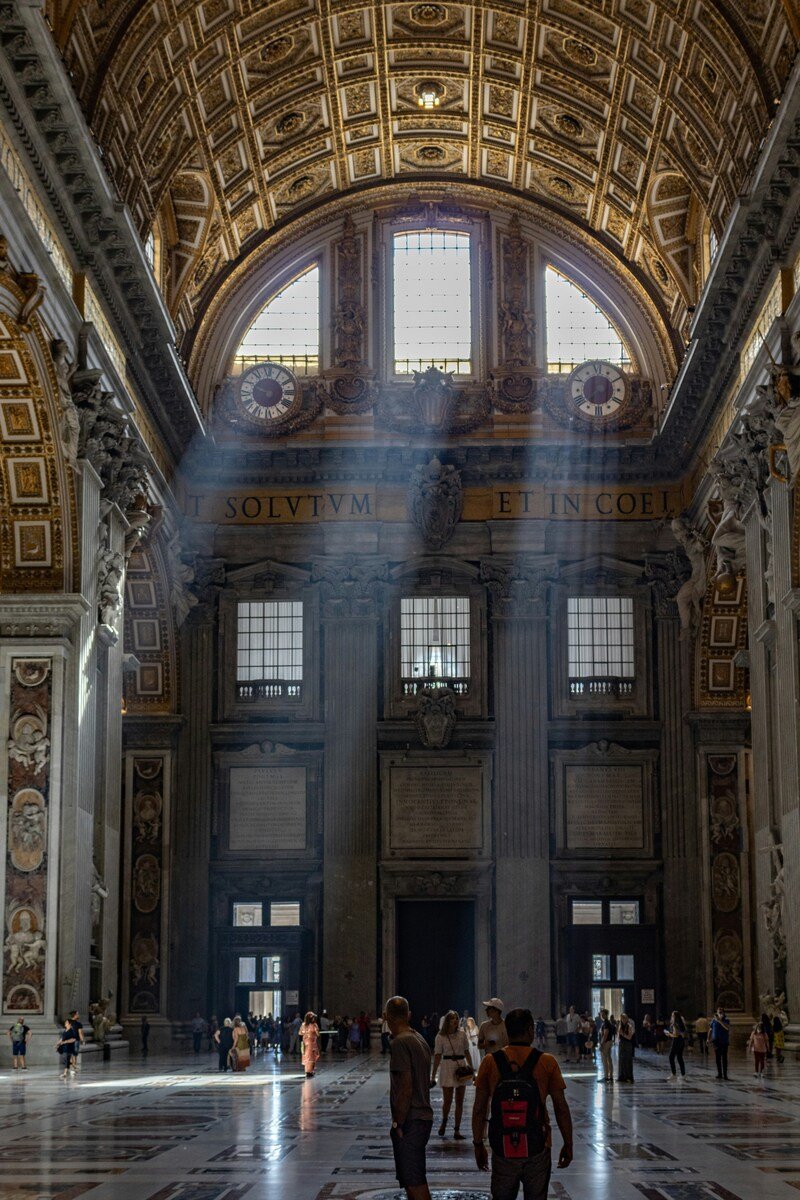
The Vatican Gardens: A Peaceful Retreat
If you’re looking for an escape from the busy crowds, visit the Vatican Gardens. Covering nearly half of Vatican City, these gardens have been a private sanctuary for Popes since the 13th century. Although not as famous as landmarks like St. Peter’s Basilica or the Sistine Chapel, the Vatican Gardens offer a unique blend of nature, history, and spirituality.
A Hidden Gem of Vatican City
The gardens are often overlooked when considering what to visit in Vatican City. Filled with manicured lawns, fountains, and statues, the Vatican Gardens are a place for quiet reflection. The gardens have evolved over the centuries, with many Popes adding their personal touches. They continue to serve as a private retreat for the Pope today.
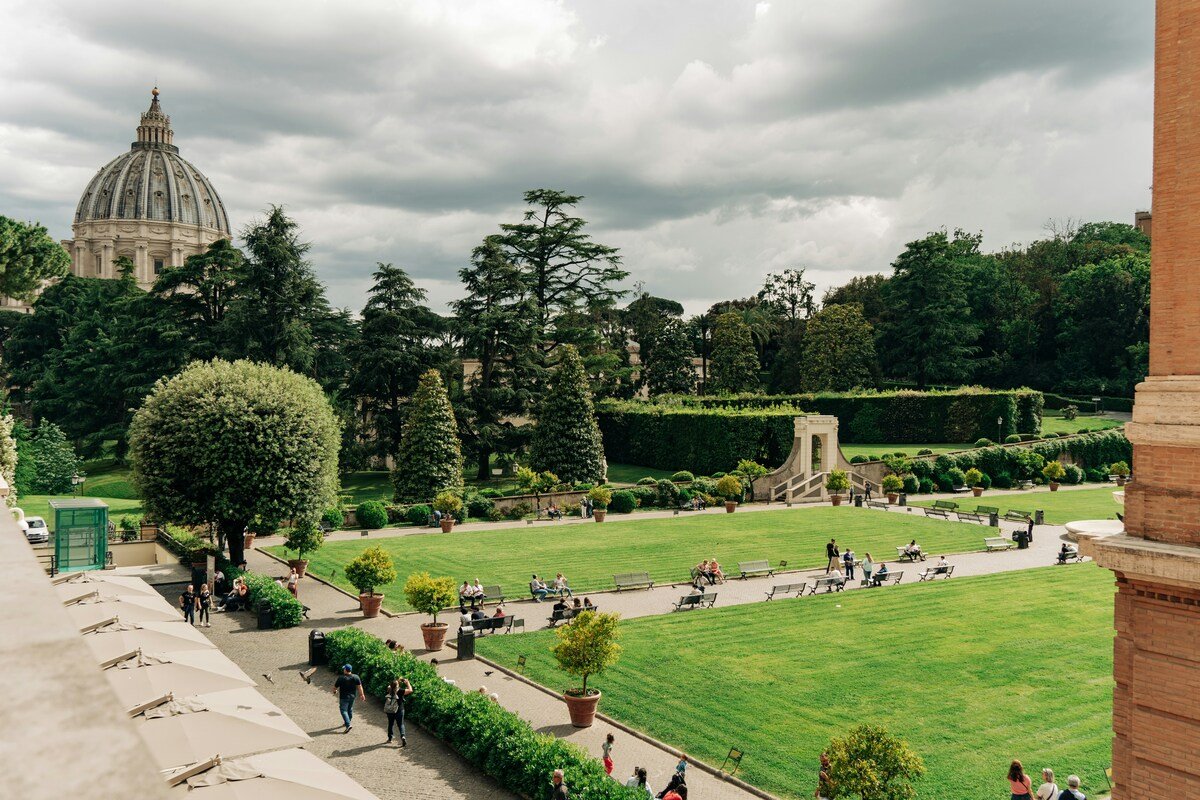
Another highlight is the Grotto of Our Lady of Lourdes. It’s a peaceful spot replicating the famous grotto in Lourdes, France. Visitors often stop here to pray or reflect, making it one of the most spiritual corners of the gardens.
History and Design
The Vatican Gardens, one of the most tranquil things to see in Vatican City, date back to 1279. Pope Nicholas III established an orchard and garden around St. Peter’s Basilica. Over the years, the gardens have expanded. Today, they feature a blend of different styles. You can enjoy the Italian Renaissance, Baroque, and English-style designs. They reflect the development of landscape architecture through the centuries.
Visiting the Vatican Gardens
The Vatican Gardens are only accessible with guided tours, ensuring the area remains peaceful and uncrowded. The tours last about 1.5 to 2 hours and offer plenty of time to enjoy the stunning scenery.
Castel Sant’Angelo – Top Things to See in Vatican City
While technically not within Vatican City, Castel Sant’Angelo is just a short walk away. It has a strong connection to the Vatican. Originally built as a mausoleum for Emperor Hadrian, the castle was later used as a papal fortress.
History of Castel Sant’Angelo
Over the centuries, Castel Sant’Angelo has served many purposes. During the Renaissance, Popes used it as a safe haven during war. A secret passage called the Passetto di Borgo connects the castle to the Vatican, allowing the Pope to escape in emergencies.
Today, Castel Sant’Angelo is a museum. Inside, you’ll find rooms filled with artwork and displays of the castle’s history. The views from the top of the castle are incredible, offering a sweeping panorama of Rome and Vatican City.
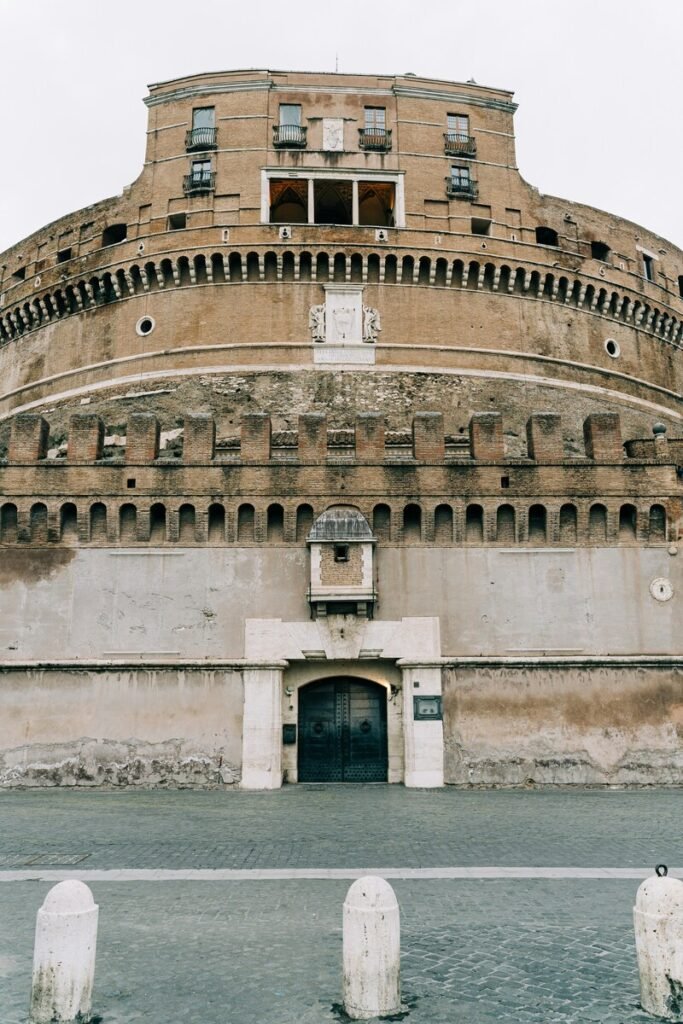
Practical tips for visiting Vatican City:
– Best times to visit: If you want to avoid crowds, visit early in the morning or late in the afternoon.
– Dress code: When visiting religious sites such as St. Peter’s Basilica and the Sistine Chapel, cover your shoulders and knees.
– Booking in advance: Book tickets online for the Vatican Museums and guided tours of the Vatican Garden in advance, especially during peak season.
–Security checks: Expect airport-style security checks at major entrances, especially at St. Peter’s Basilica and the Vatican Museums.
From St. Peter’s Basilica to the Sistine Chapel, there’s no shortage of things to see in Vatican City. No matter how much time you’re visiting, take your time and soak in the history, art, and culture. Whether you enjoy the artistic masterpieces of Renaissance greats or the profound religious significance of its landmarks, your visit to Vatican City will be an enriching experience.

